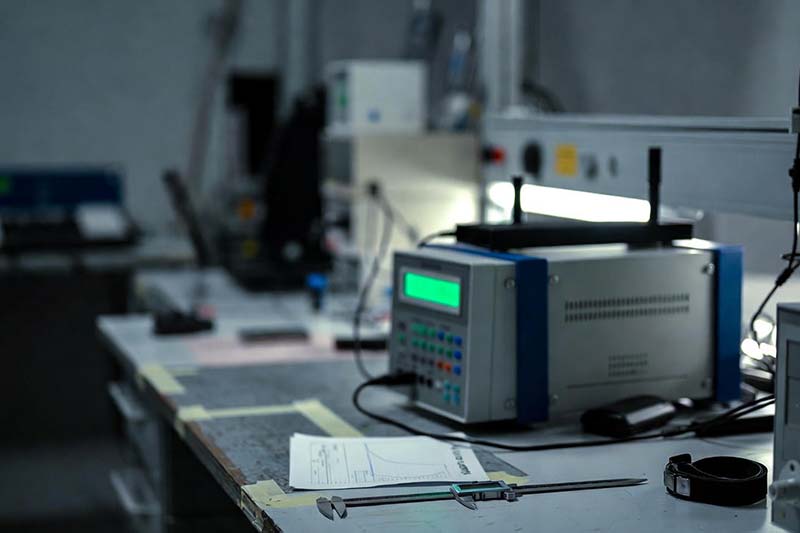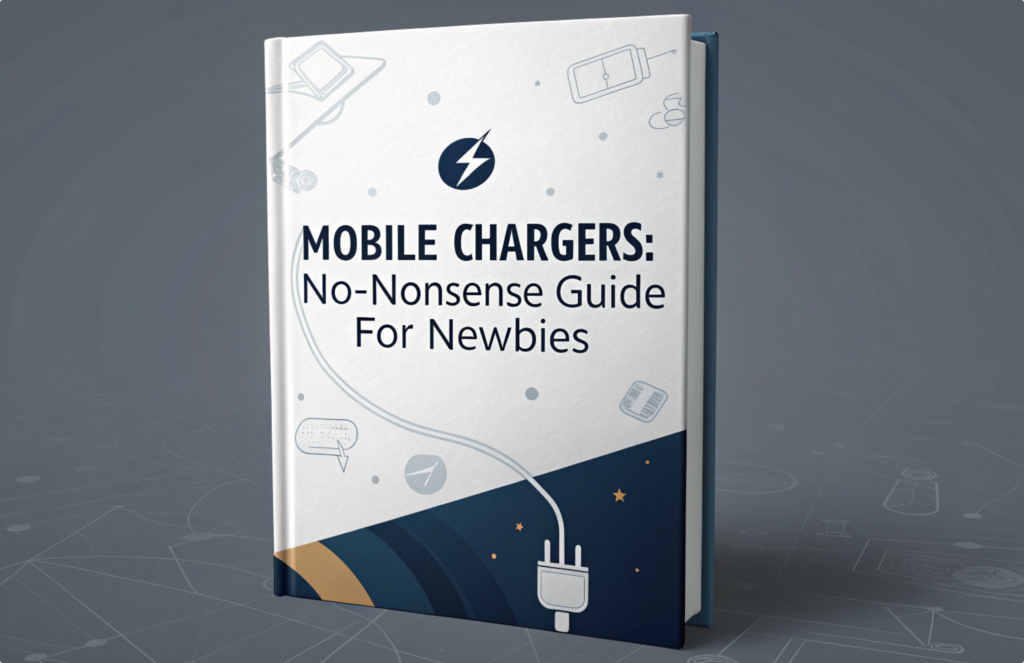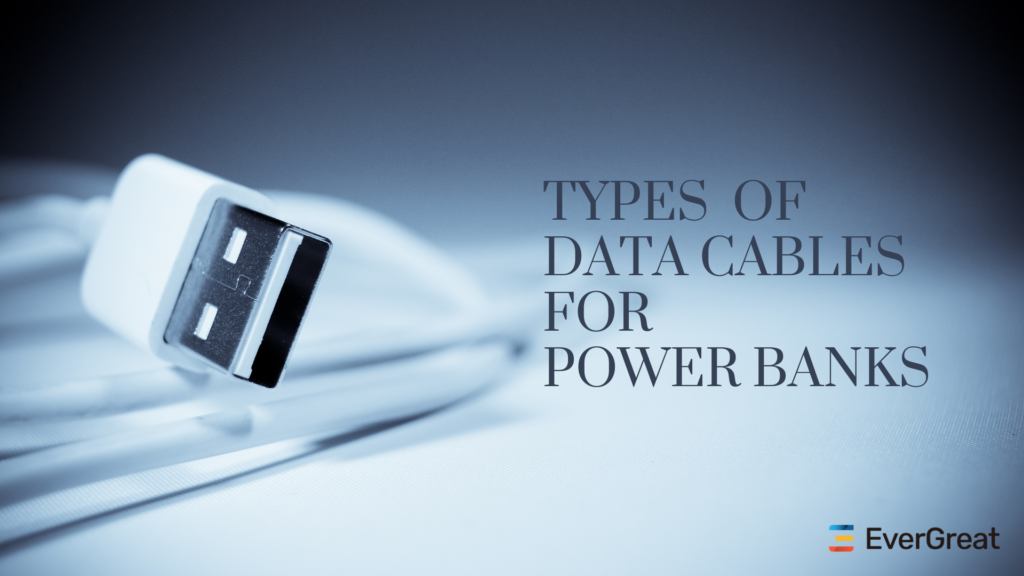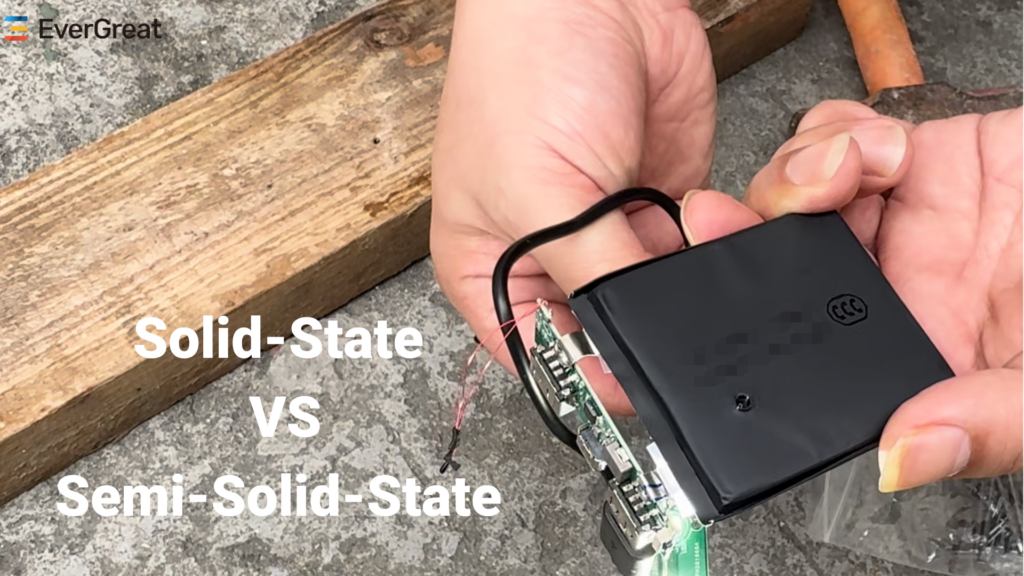Power bank capacity fraud costs buyers millions. I’ve seen it happen. Learn how to protect your brand and avoid costly chargebacks.
To verify power bank capacity, always check the cell supplier, perform thorough discharge tests, and physically inspect for correct weight and recent date codes. This ensures you get true rated capacity and avoid fake claims from low-quality suppliers.
After many years in this industry, I know these steps are critical. Let’s look closer at each one. This will help you make smarter buying decisions and secure your supply chain.
How do you check if 10000mAh is the real rated capacity?
Worried about inflated capacity claims? Many suppliers fake specs. I will show you how to find the real capacity of any power bank unit.
To check real 10000mAh capacity, first verify the cell supplier. Then, conduct a 0.2C constant-current discharge test down to a 2.75V cutoff. This process reveals the actual energy output, helping you avoid fraud.

Always Check the Cell Supplier
I always start by looking at the cell supplier. This is the first step to confirm true capacity. Premium cells come from well-known companies like ATL, EVE, or Lishen. These cells are never cheap for small orders. If a supplier says they use ATL cells but offers them for less than $1.50 each for orders under 10,000 units, they are likely lying. The cells might be fake, old, or rewrapped. True pricing for these cells, such as 18650 or 21700 types, is usually $2.50 to $3.50 per unit. For smaller to medium orders, good and reliable cell brands include Nuowei, Jiato, Lufei, and Tuoyuan. I know these brands offer consistent quality. They also have flexible minimum order amounts. Their prices match what the market truly offers. This check alone can save you a lot of trouble.
Understanding Cell Pricing
The price of battery cells tells you a lot. High-quality cells have a certain cost. Suppliers cannot sell them for very low prices and still make a profit. If a deal seems too good, it usually is. I have seen many buyers get tricked by low prices. They end up with bad products. Always compare the quoted cell price with current market data. This helps you spot fake claims. Real cell prices keep quality high. Fake cells mean low quality. This will lead to problems for your customers. You need to protect your brand. So, always question very low prices for premium cells. It is a big red flag.
How to detect fake capacity claims from low-quality suppliers?
False capacity claims hurt your brand. Low-quality suppliers often trick buyers. I will teach you how to spot these common frauds.
Detect fake capacity by conducting a full discharge test at 0.2C. Also, weigh the finished unit and check the cell’s laser-etched date codes. These actions expose suppliers using old, rewrapped, or low-grade cells instead of new, high-quality ones.
Mastering Discharge Testing
Discharge testing is the only real way to know a power bank’s true capacity. I always recommend this step. After you get samples, fully discharge the unit. You need to do this at a constant current of 0.2C. Continue until the voltage drops to 2.75V. For a power bank labeled as 10,000mAh, you should measure at least 37Wh of output energy. Remember, the PCB (circuit board) also uses some energy. Its efficiency is usually between 87% and 92%. After you consider this, the actual cell capacity must be at least 95% of the labeled value. This test gives you hard facts. It shows if the supplier’s claim is true. Without this test, you are just guessing.
Simple Field Test for Verification
You might not have a full lab setup. That’s okay. A simple field test still works. First, fully charge the power bank. Then, connect it to a 10-ohm resistor at 5V. Time how long it keeps its output above 4V. A real 10,000mAh power bank should run for about 5 to 5.5 hours. This quick check gives you a good idea. It helps you catch big problems fast. It is not as exact as a lab test. But it is much better than doing no test at all. I have used this many times to get a quick verification. It helps you quickly sort out the good samples from the bad. This simple test saves time and money before larger orders.
Physical Checks Reveal Deception
Physical inspection is also key. It can show hidden problems. First, check the date code on the battery cell. It should be laser-etched. If the code is earlier than 2022, it means the cell is refurbished. I have seen suppliers use old stock often. Next, weigh the power bank unit. A real 10,000mAh power bank with a 21700 cell should weigh between 180 and 195 grams. If it weighs less than 160 grams, it probably has iron weights inside. These weights fake the feel of a real battery. Finally, if you can, use X-ray imaging. This helps you spot double-wrapped cells. This is a common trick. It means they used old cell cores and rewrapped them. These physical checks are important. They give you clear signs of fraud.
What testing tools can brand owners use for verification?
Choosing the right testing tools matters. Brand owners need accurate verification. I will guide you on essential tools for power bank quality checks.
Brand owners can use constant-current discharge testers for precise capacity measurement. For quick field checks, a multimeter, a 10-ohm resistor, and a timer work well. Physical tools like digital scales and X-ray scanners also help verify product authenticity and internal components.
Lab-Grade Discharge Equipment
For the most accurate results, lab-grade constant-current discharge equipment is best. These machines precisely control the discharge rate and measure the exact energy output. They can give you detailed data on voltage, current, and total Wh (watt-hours) or mAh (milliampere-hours). This is crucial for verifying exact capacity claims. My experience shows that investing in or having access to such equipment pays off. It gives you confidence in the numbers. This prevents big losses later from failed products. These tools are the gold standard for full capacity verification. They ensure your product meets advertised specs.
Practical On-Site Testing Setup
Not everyone needs a full lab. For on-site checks, you can use simpler tools. A basic setup includes a high-quality multimeter1, a suitable load resistor (like a 10-ohm resistor), and a timer. This allows you to perform the field discharge test I talked about earlier. You charge the power bank, then discharge it through the resistor while monitoring voltage and time. For physical inspection, you need a digital scale to weigh units accurately. A good magnifying glass helps check date codes. While X-ray imaging might be harder to access, some third-party inspection services offer it. These practical tools help you do important checks without a huge investment. They allow you to be proactive in quality control.
Final Checkpoints Before Ordering
Before you place any purchase order, I always say to confirm four things. First, the cell brand must match the price. No cheap ATL cells for high quality. Second, the unit price needs to be fair. For a 10,000mAh model, it should be at least $4.80 FOB, including packaging. Anything much lower is suspicious. Third, discharge tests must show at least 95% of the labeled capacity. If it fails this, do not buy. Fourth, check the weight and date codes. These must be correct. Cheap ATL claims are lies. Failed discharge tests mean walk away. Spending 10% more on proper sampling prevents 100% losses from customer complaints. Trust me, it is worth the extra effort.
Conclusion
Verify cell suppliers, test capacity, and inspect units carefully. These steps stop fraud and protect your brand. Avoid costly mistakes by being smart.
-
Explore this link to understand the features of high-quality multimeters and how they can enhance your testing accuracy. ↩









